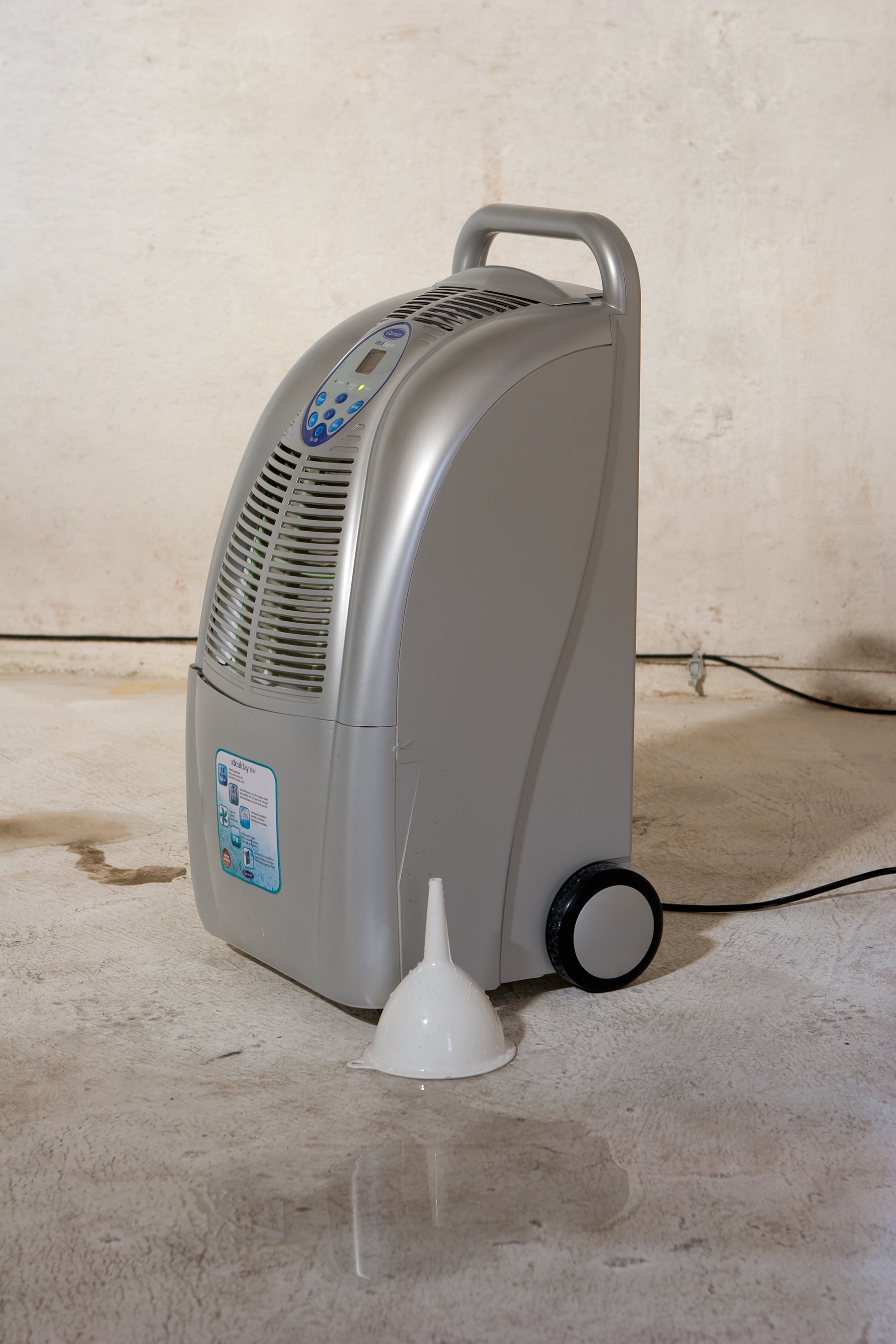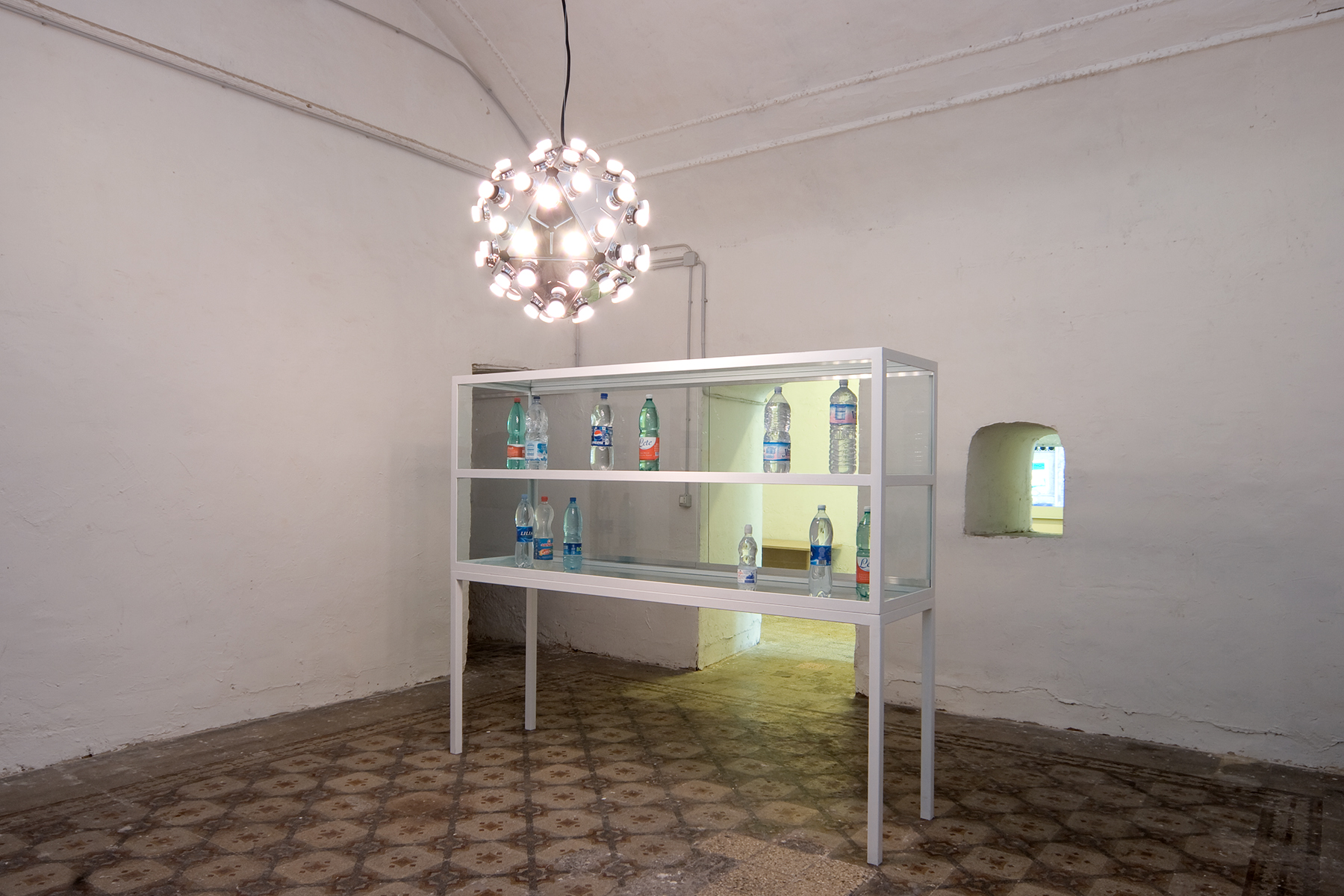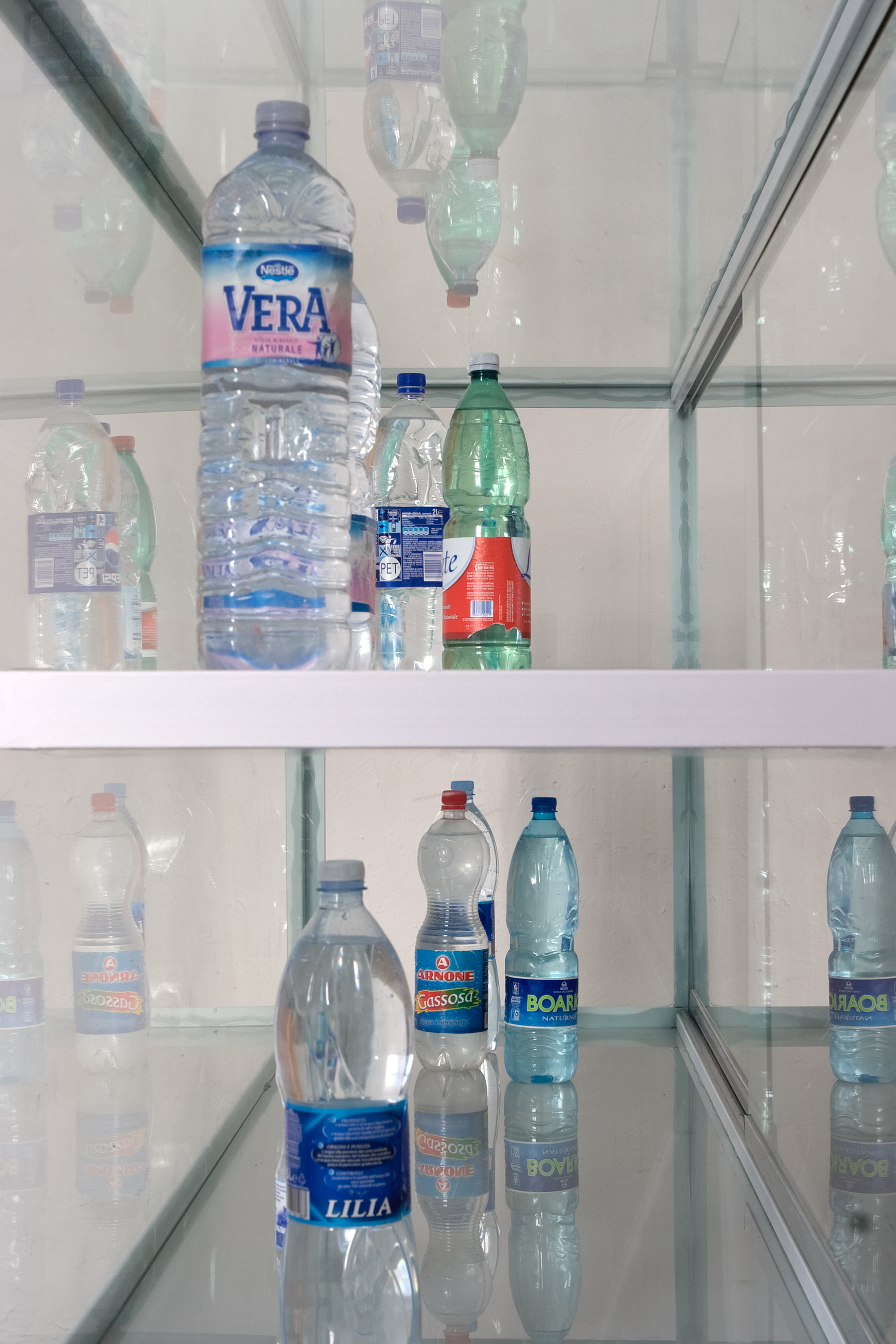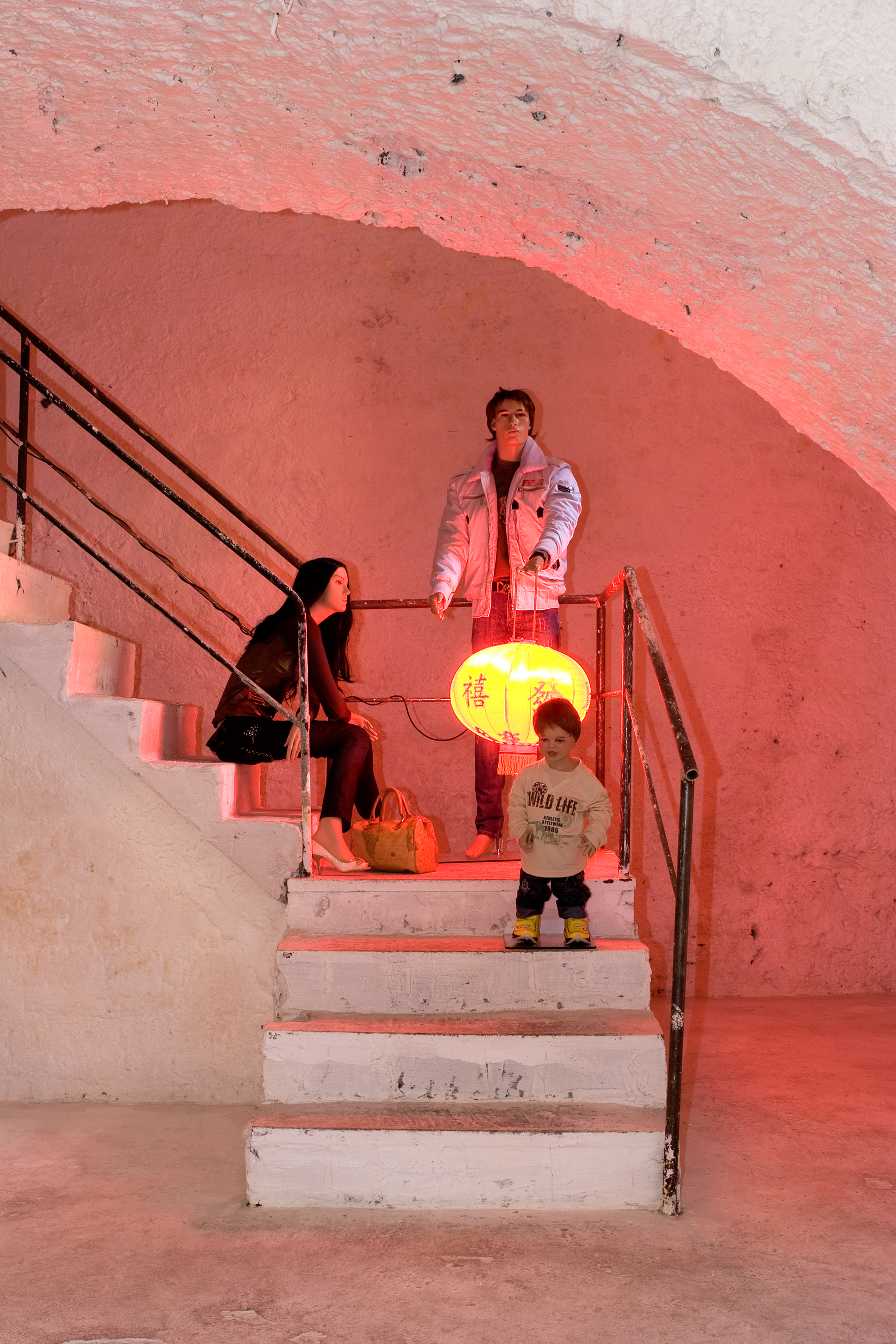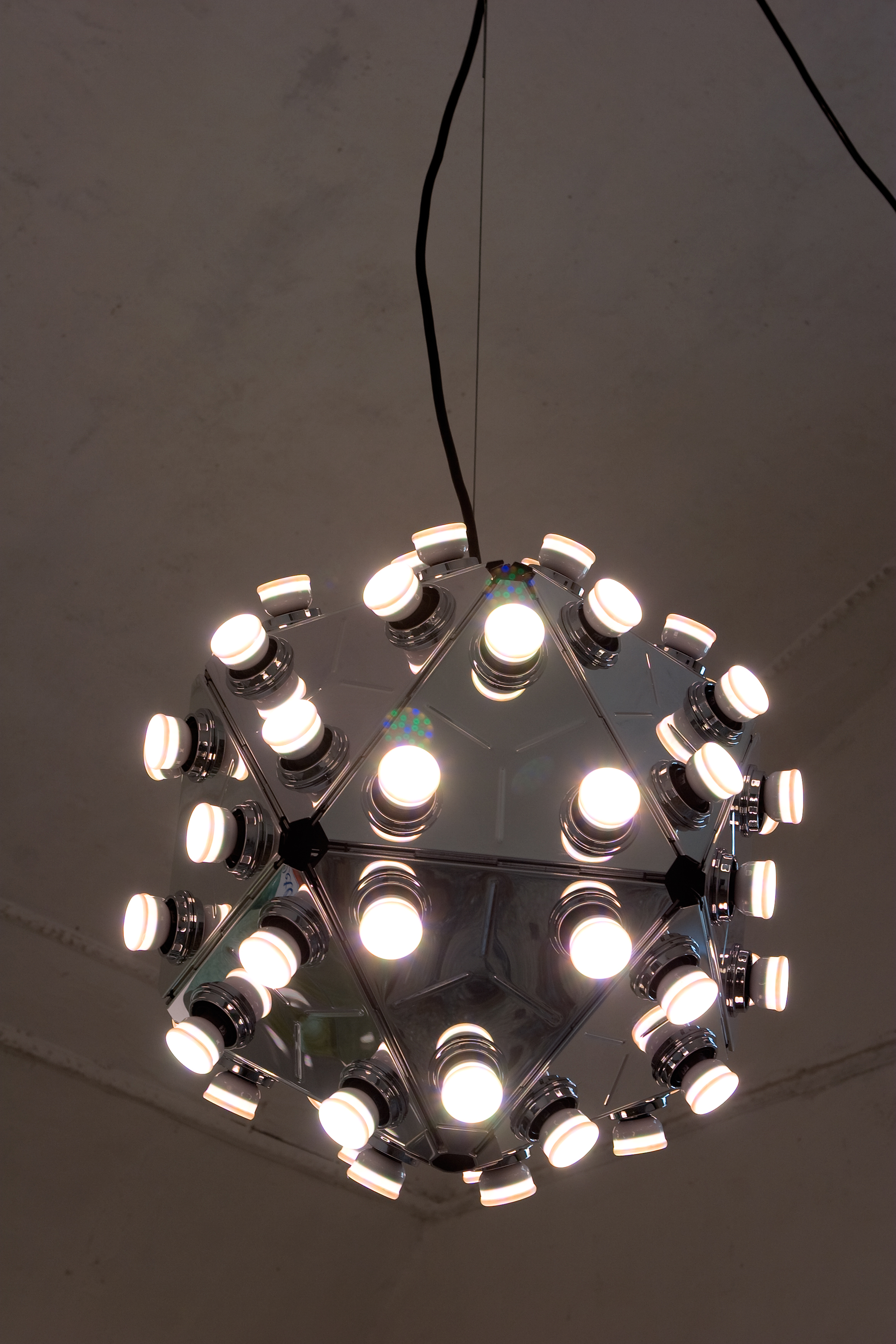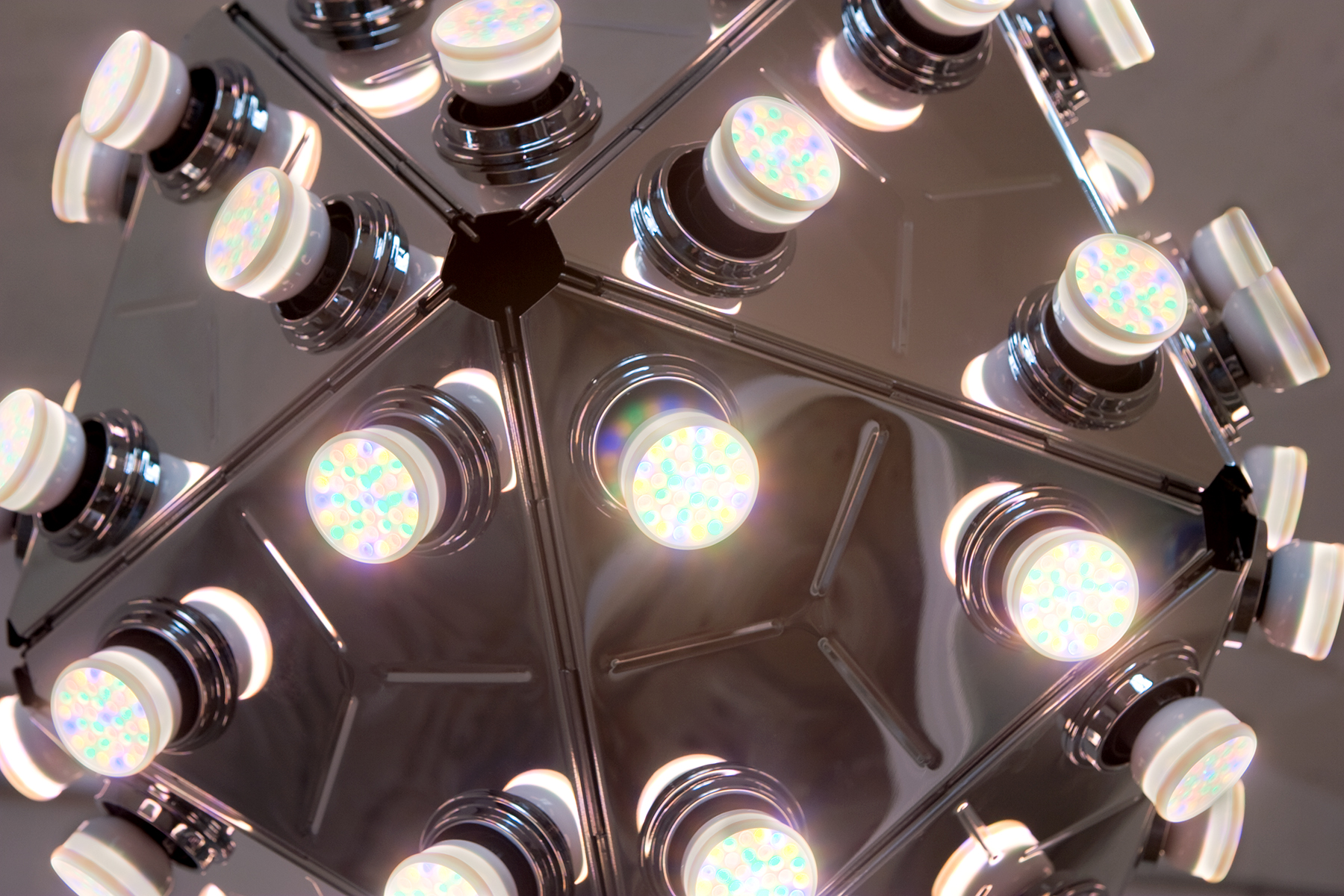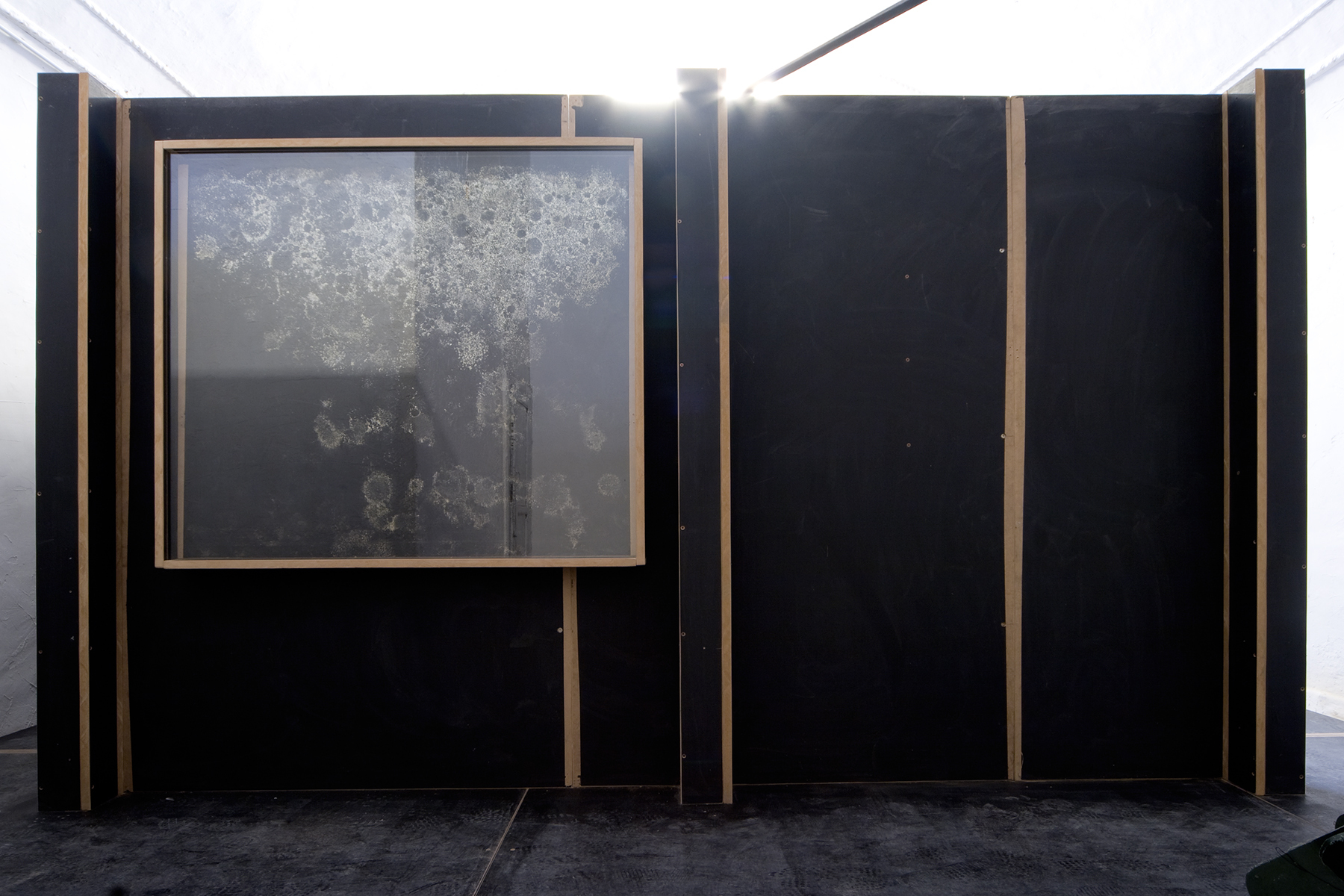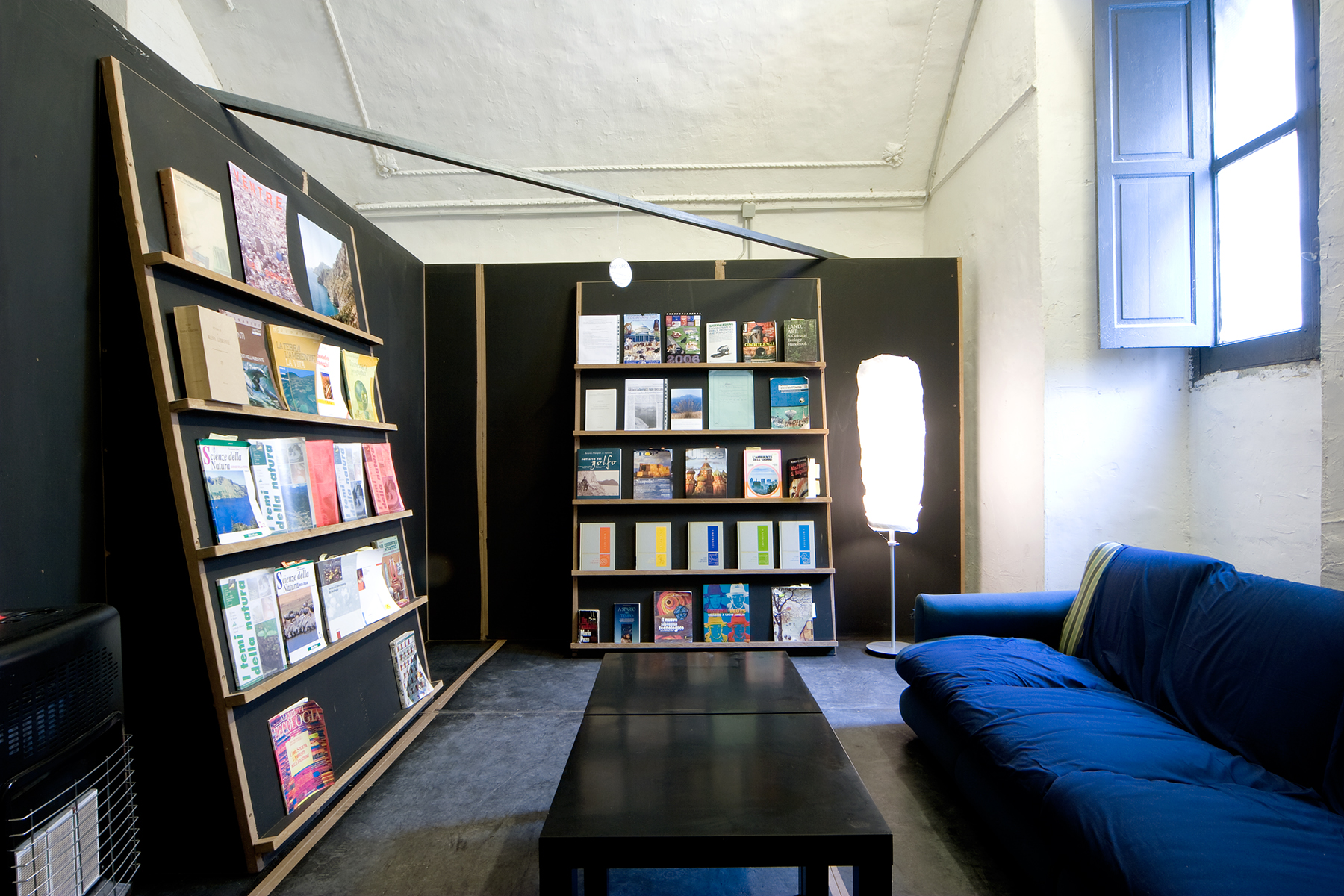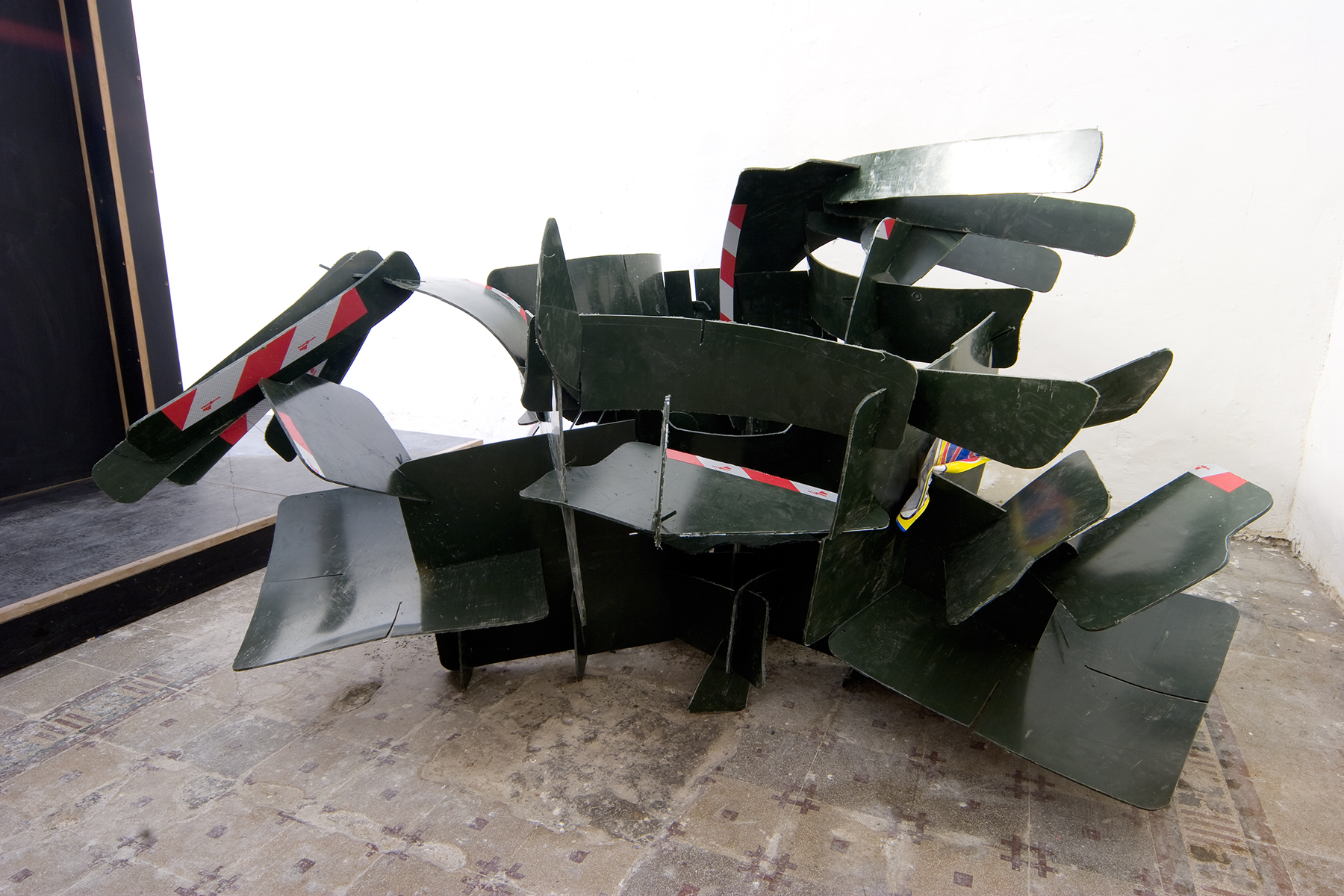08.03.2008 \\ 02.05.2008
The work of Tue Greenfort poses a series of questions concerning the cultural and economic dynamics that affect and condition man’s relationship with his environment, making it an innovative heir to that branch of european thought that falls within the scope of illuminist thinking.
Far from any association with environmental activism, the artworks created by Tue Greenfort are critical models designed to make us pose sober and direct questions. The philosophical humour in many of his installations homes in on a form of acute and keen conjecture, aligning it closely with the tradition of conceptual art. It aims to demystify the economic and political strategies that affect our current globalised society. In Greenfort’s work the natural environment is not considered a closed and pacific system to be transferred to a naively idyllic dimension on account of man’s exploitation, but rather a realm full of contrasting, biological and political forces whose essential components need to be verified and analysed.
The exhibition The Foundation is structured similarly to that of a unit within an encyclopaedia, made up of different sections. The project conceived by Tue Greenfort for Fondazione Morra Greco in Naples takes the form of a contextual reflection based on his sojourn in the capital of the Campania region. His work has grown from an exploration of the idea of ‘foundation’ as a hypothesis for cultural production. To do this, Greenfort has broken down this particular institutional model for exhibitions into its specific inherent structural possibilities, in doing so his work takes on the form of critical analysis. His observation of the geographical and social dynamics peculiar to this particular context have given rise to a sort of anthropological interpretation lying somewhere between local and global; somewhere between Naples as an autonomous entity and current international political and economic issues.
The artist’s sound installation Il Canto delle Sirene (2008) has transformed the basement area of the Foundation into a metaphoric space enshrouded in mystery. This piece, which reproduces the sound of waves crashing against the cliffs near Naples, invests the space with the spellbinding and perilous spirit of mermaids, an ancestral cultural archetype capable of bringing the gulf of Naples’ rich natural and mythological history back to life.
The neighbouring space on the same floor contains the video projection I Cani del Sindaco (2008). This video by the artist includes close-up shots of packs of stray dogs as they wander through the city’s streets and out into the countryside. The elusive and poetic charge of this piece sees Greenfort addressing the complex metaphorical nature of Naples as a habitat, intersected by many different environmental, ecological and social layers.
Hidden away in the darkness we can find Condensazione (2008), a dehumidifier running permanently turns the high concentration of humidity in the air into water. Chemically undrinkable, the water is then put in familiar bottles used by some of the most well known mineral water companies. With this piece Tue Greenfort triggers a process of radical alteration by turning drinkable into non-drinkable. He thus inverts global market strategies and draws our attention to the industrialised bottling of water; highlighting the fact that privatization of this natural resource is on an alarming increase by multinational companies.
The centrepiece on the ground floor is Lampada Taraxacum Modificata (2008), a famous creation by the Italian designer Achille Castiglioni, which Greenfort has reworked and elaborated by using bulbs produced by the Danish company RGB. These low-energy bulbs are able to produce a neutral and clear light similar to that of natural light: Taraxacum now works with clean energy produced by solar panels mounted on the building’s exterior, thus highlighting the anti-ideological nature of radical Italian design, and inviting us to compare nature and culture, industrially manufactured objects and environmental sustainability.
The idea of ‘residency’ permeates the core of the whole exhibition. In the following room we can find Microenvironment (2008), an inhabitable room that boasts many different comforts. The room has been constructed using reassembled furniture used by the artist during his stay. To these he has added structural elements taken from the previous installation at the Foundation of work by Gregor Schneider. Far from being an example of archaeology of the present, this room explores and tests ways of developing the future of the Foundation as a transitory place for artists and as a site for permanent interaction with the social life of the city. The small library of children’s books, encyclopaedias and catalogues purchased at book stalls throughout the city, and now made available to the public, further reinforces the humanistic ideal of the installation, which becomes a synthesis of the distinctive critical behavior of the artist during the course of all his work carried out here.
All images Courtesy Fondazione Morra Greco, Napoli
© Danilo Donzelli

